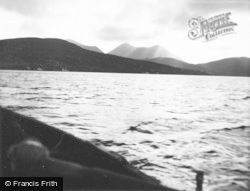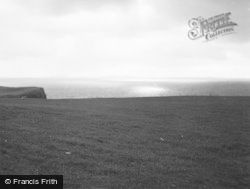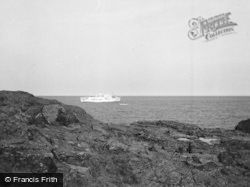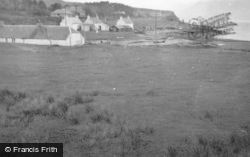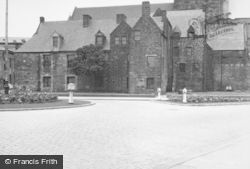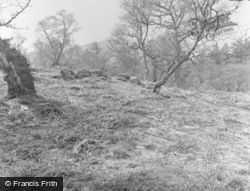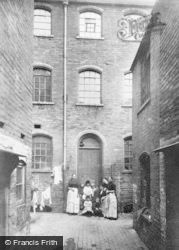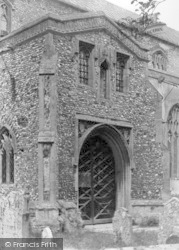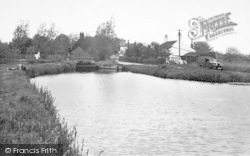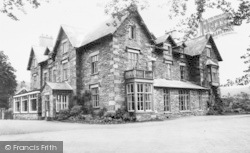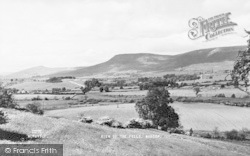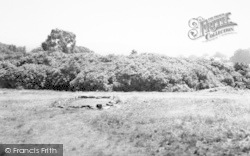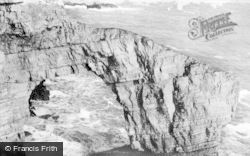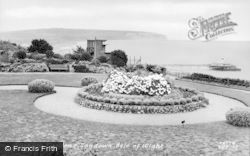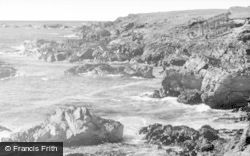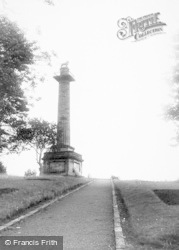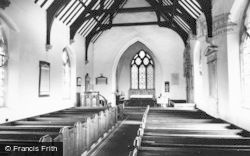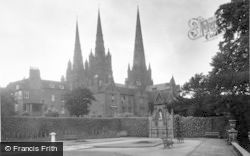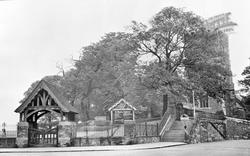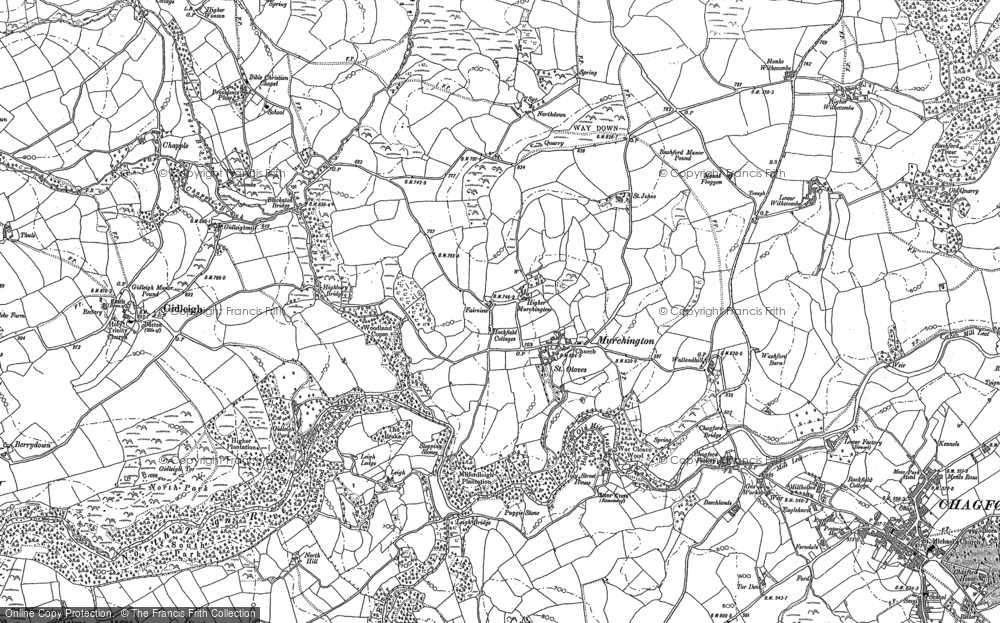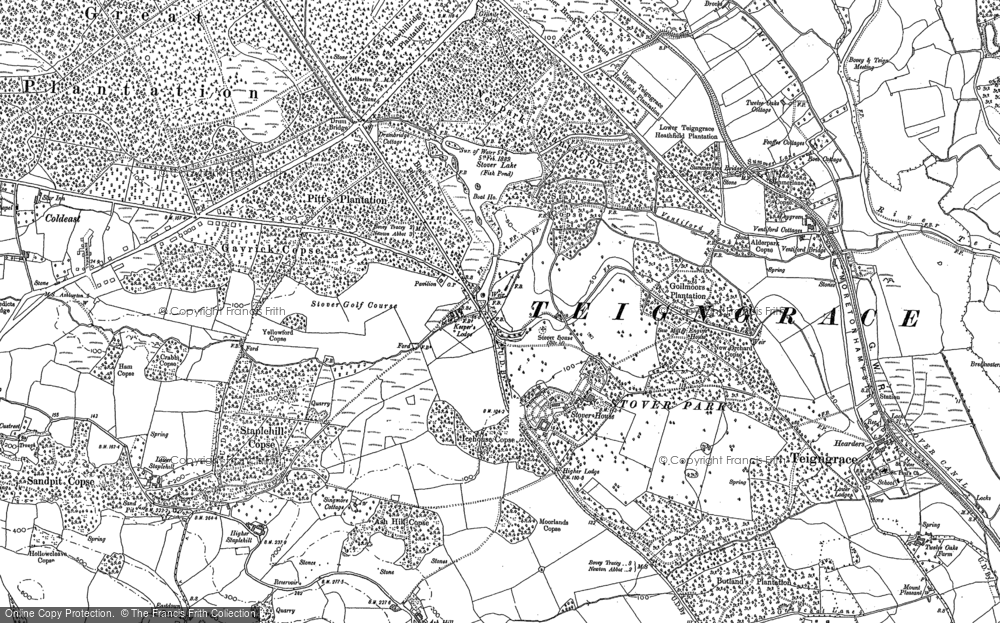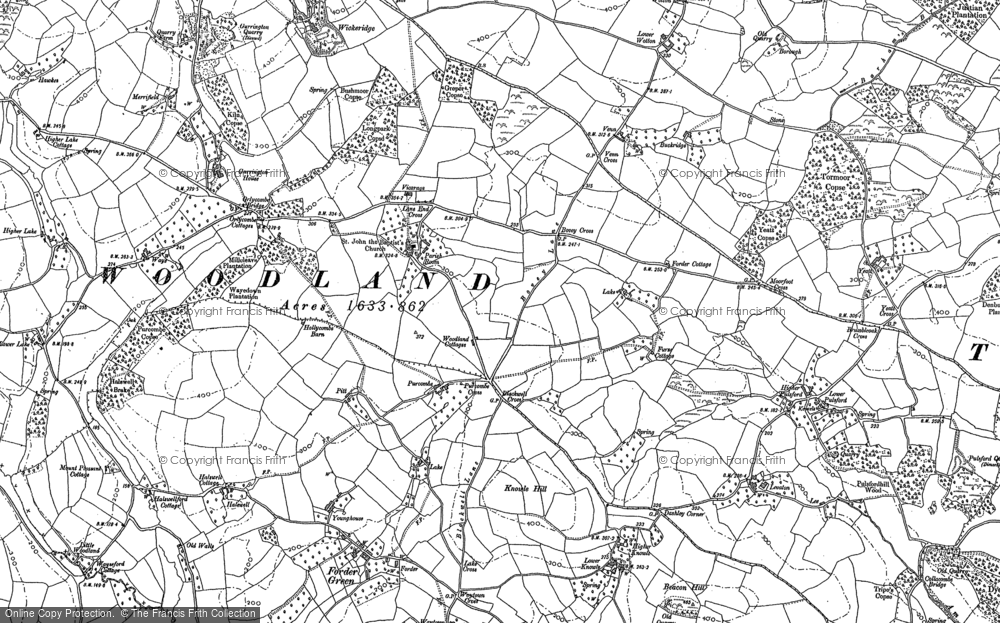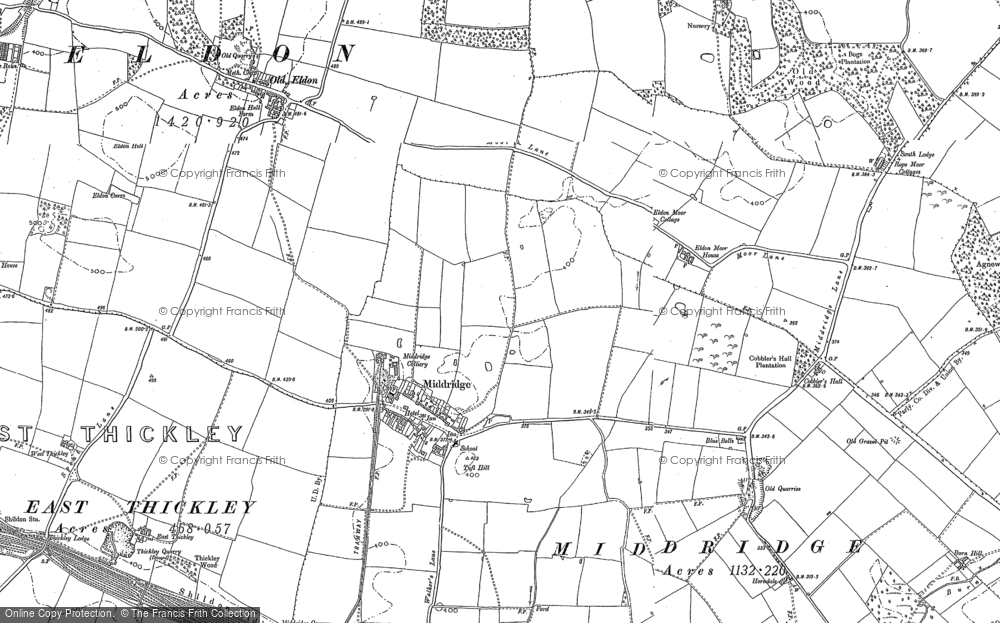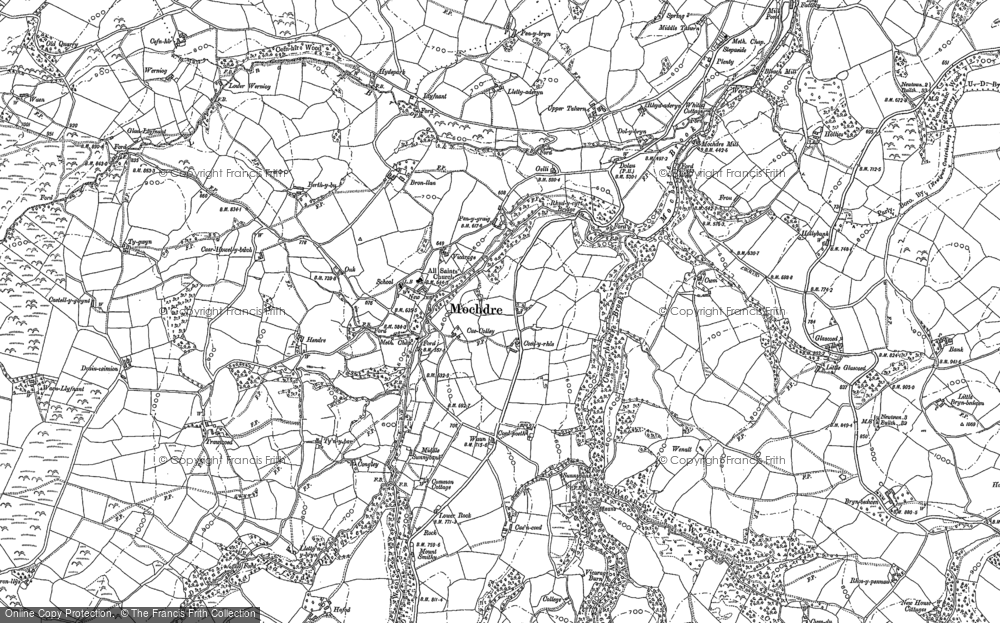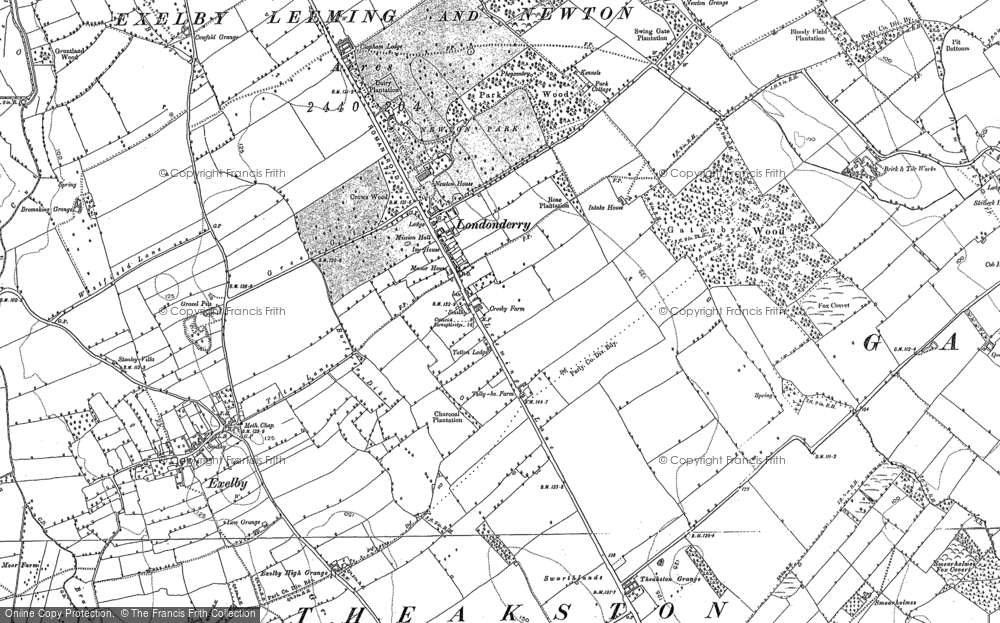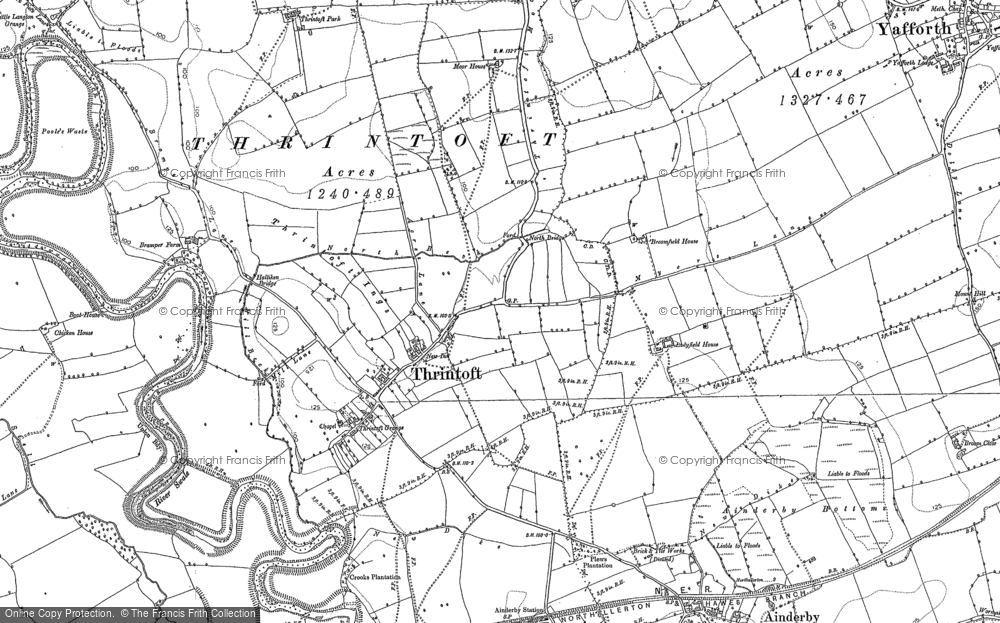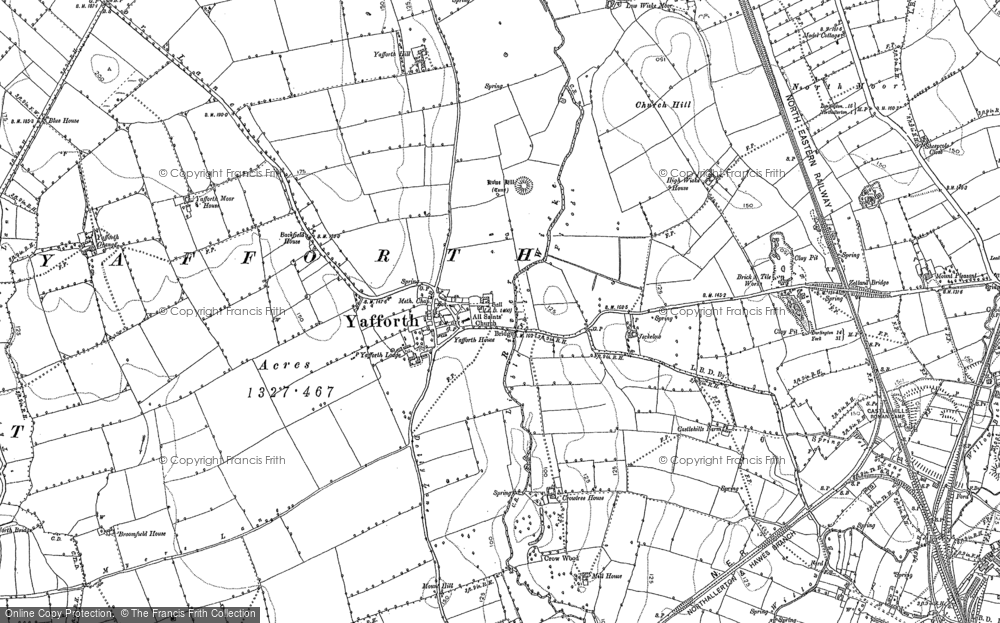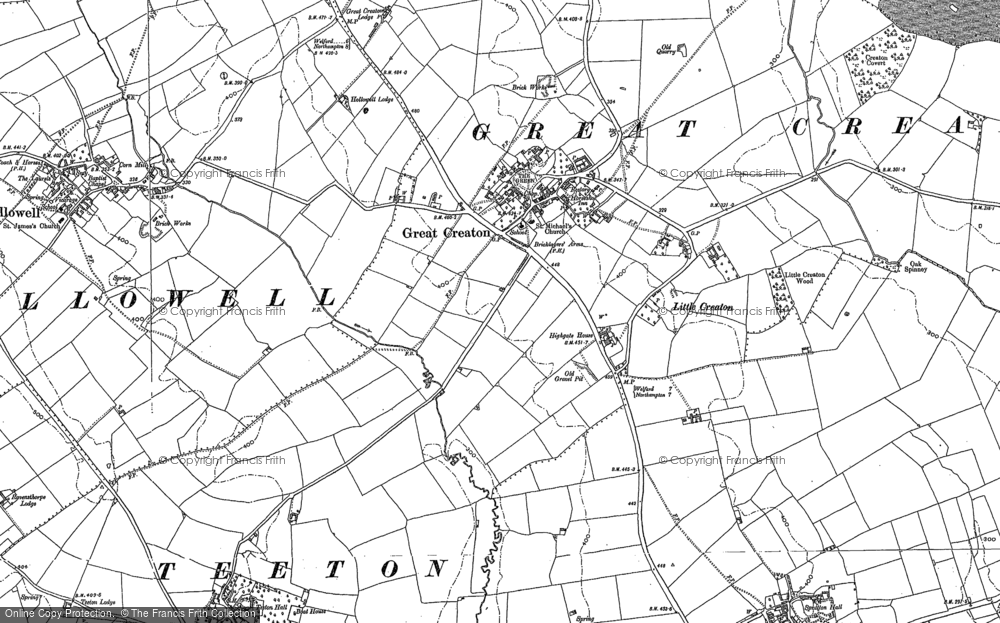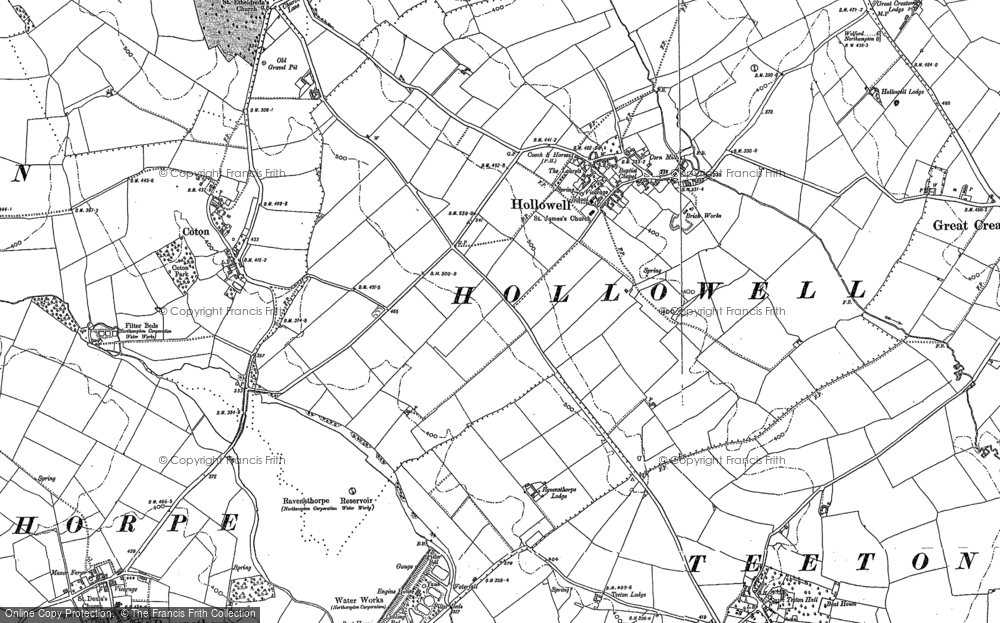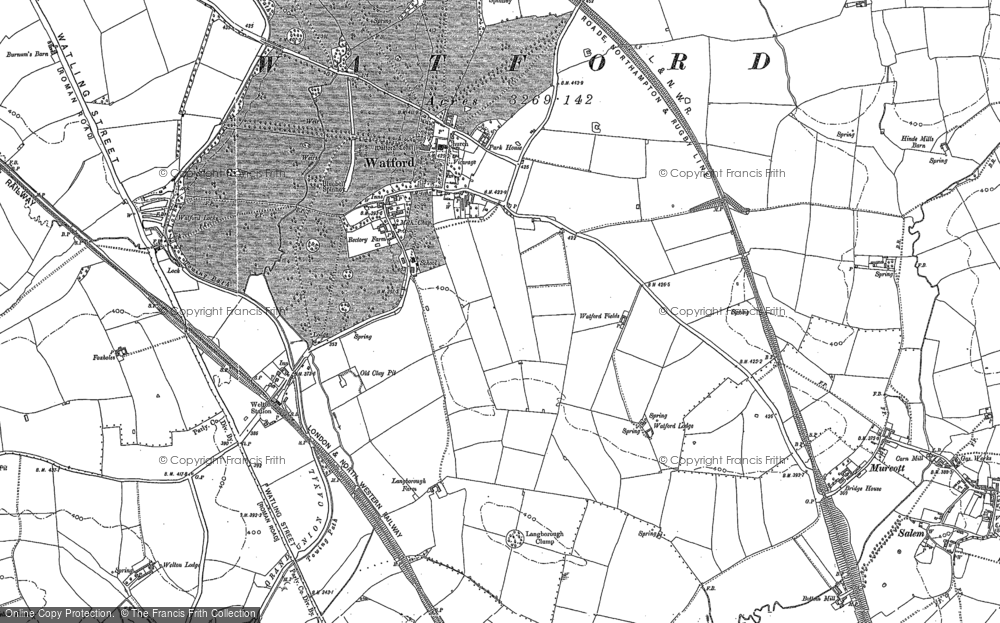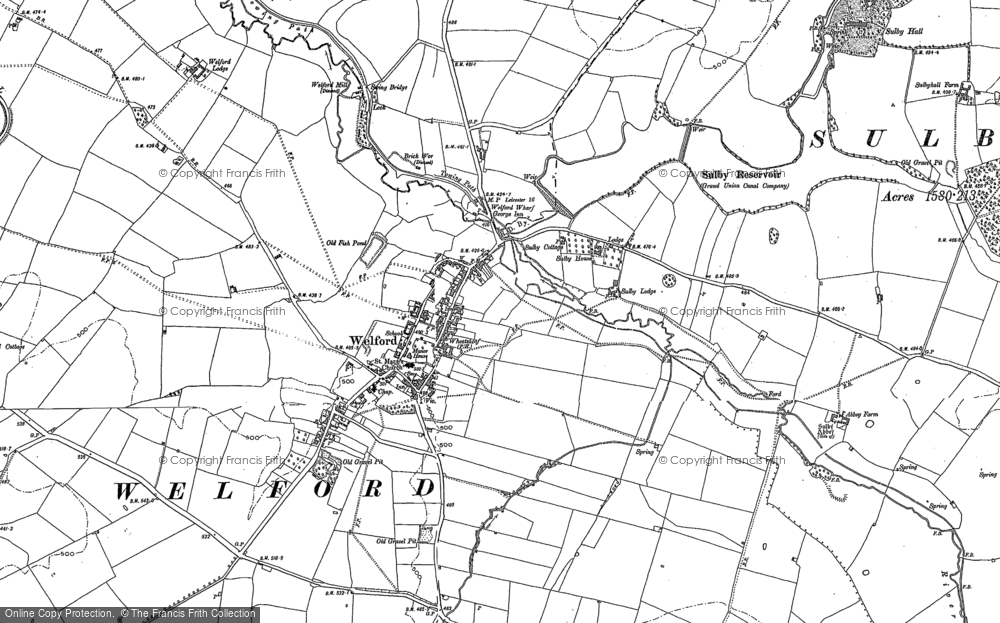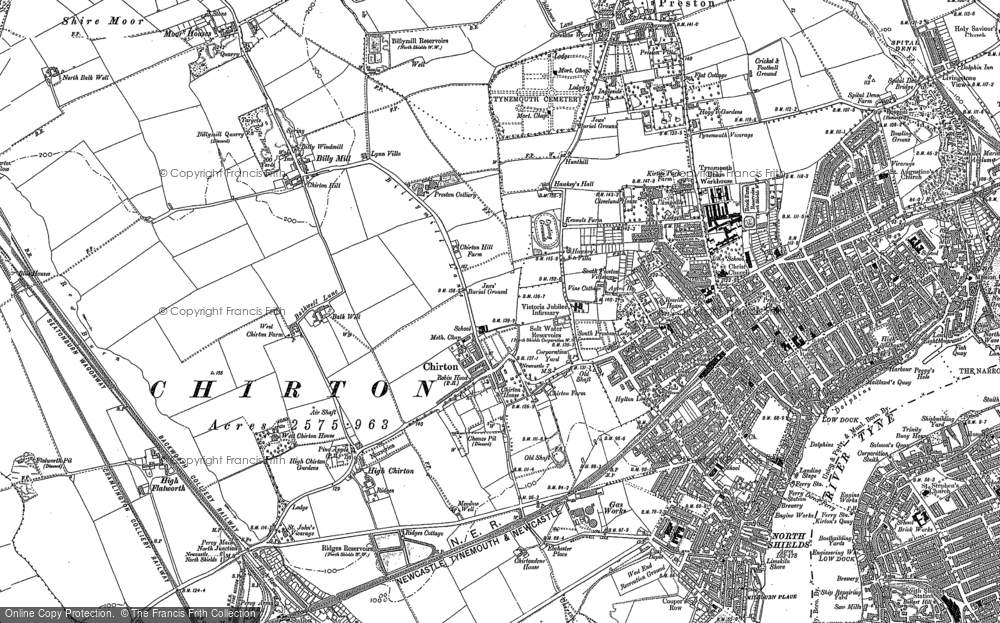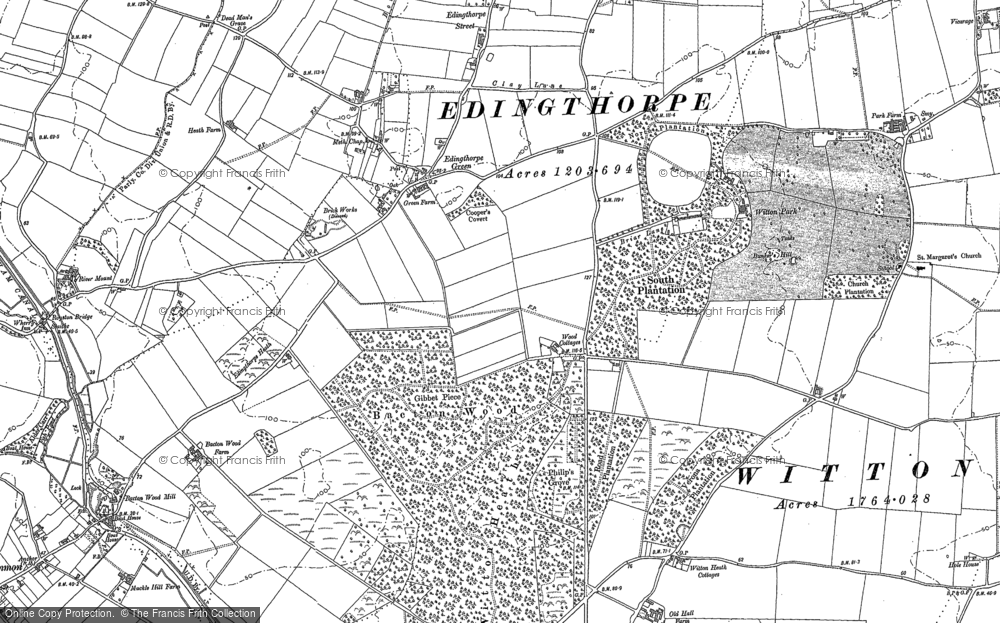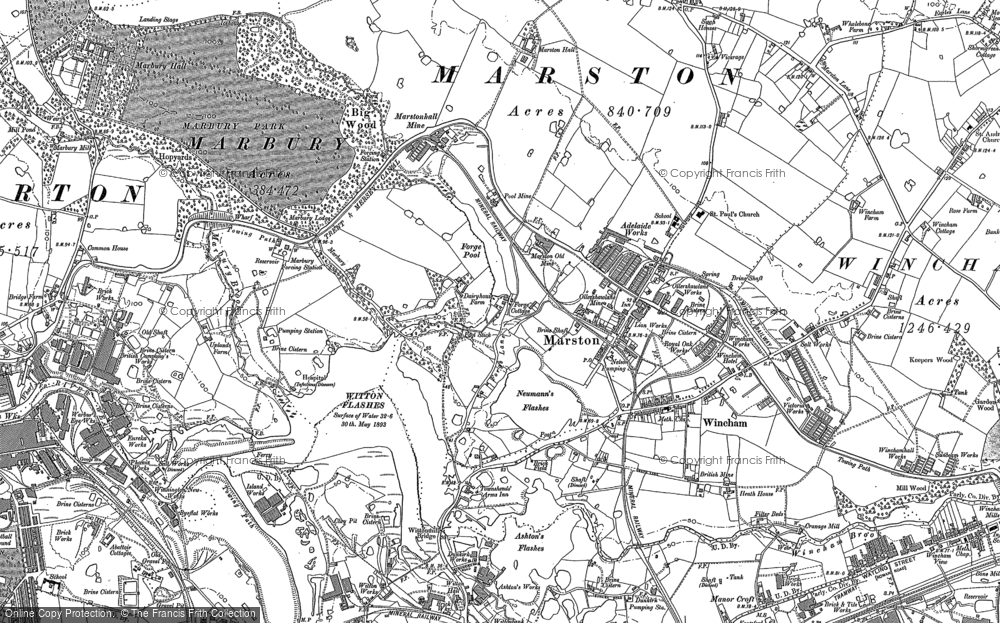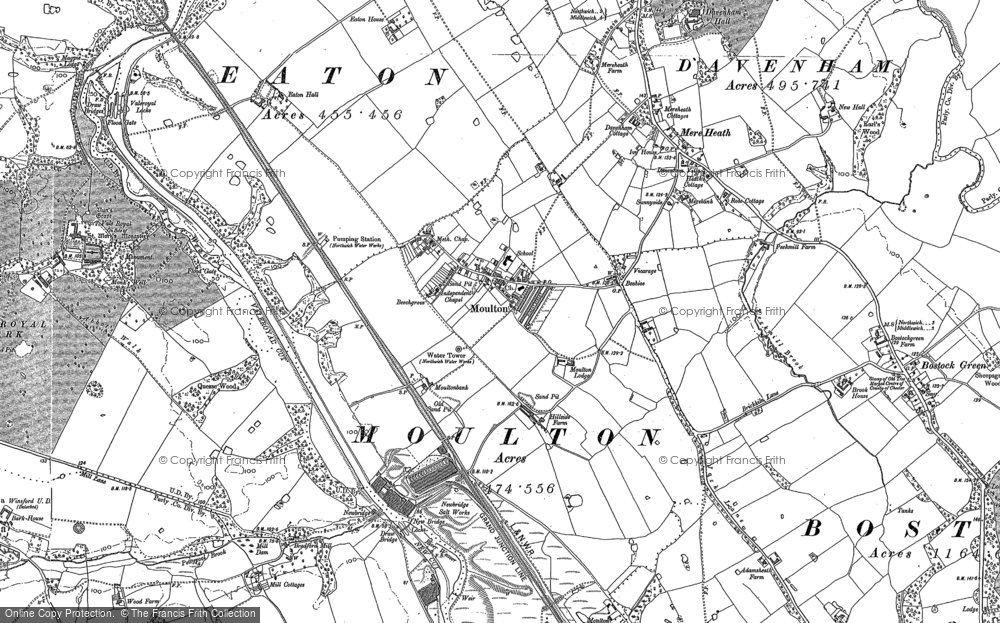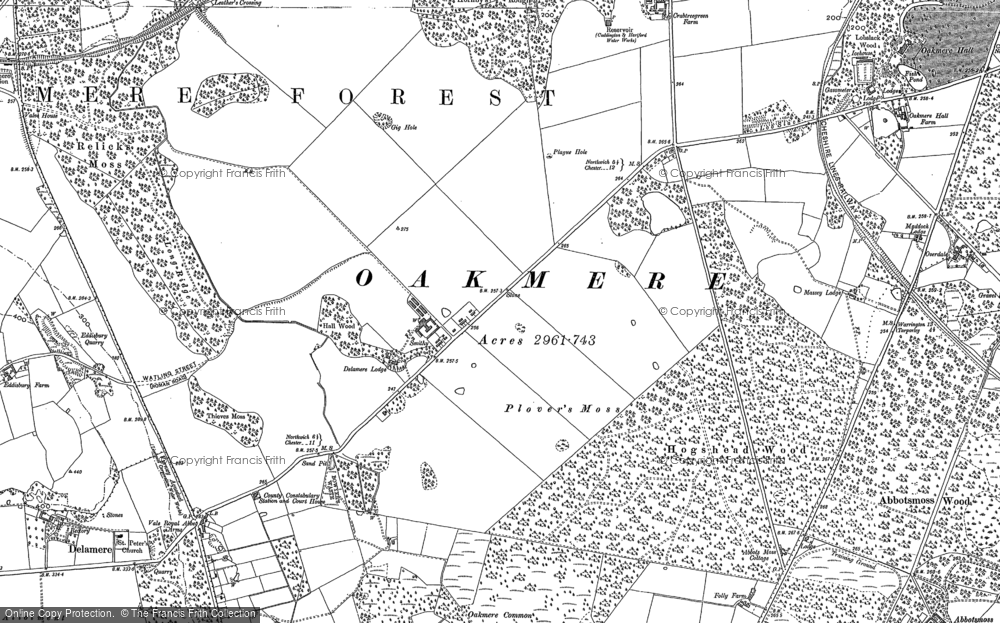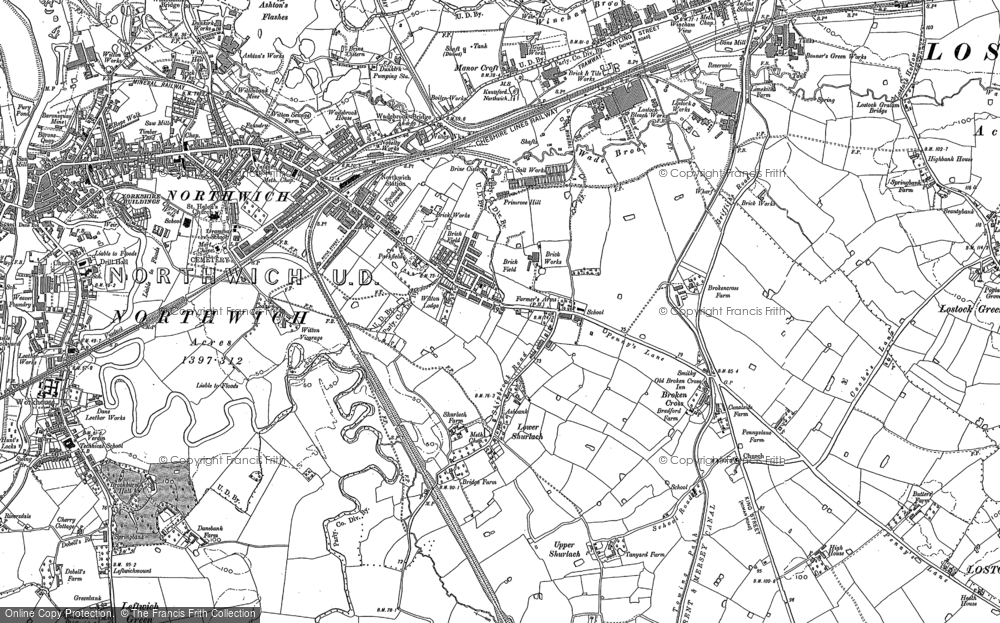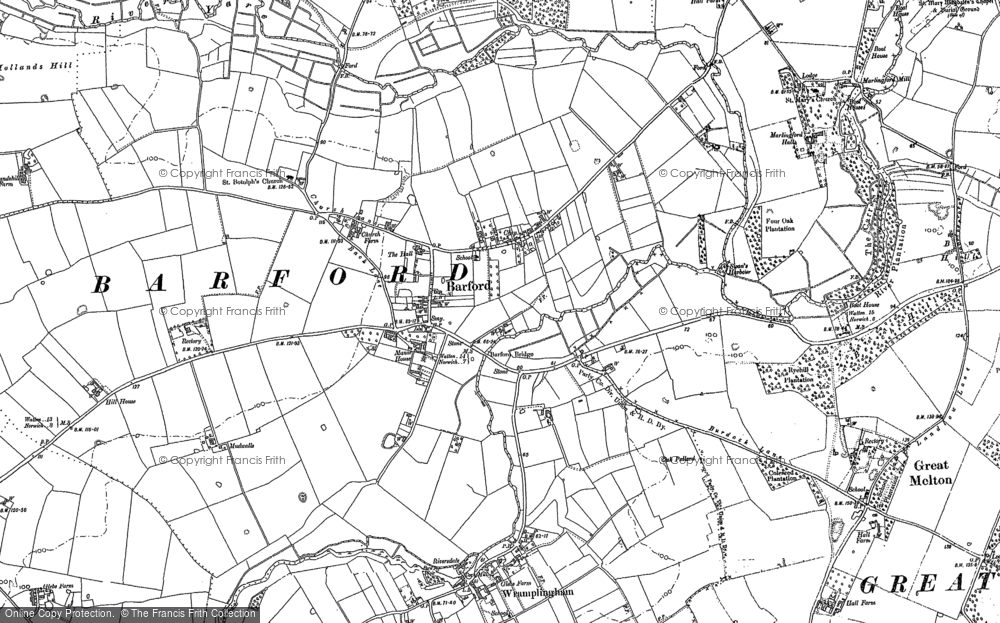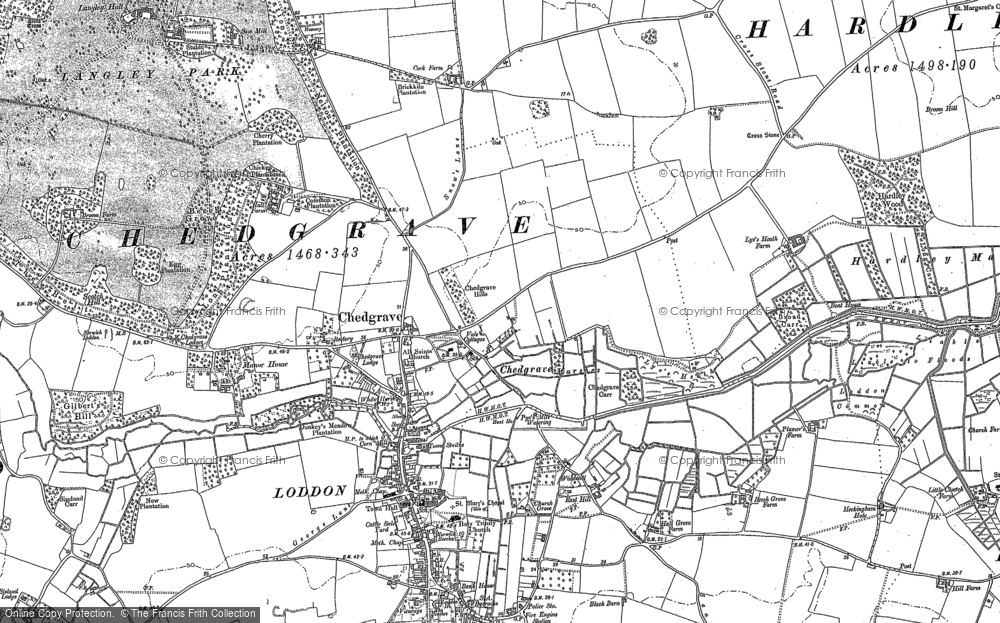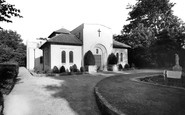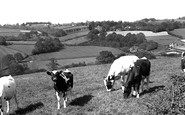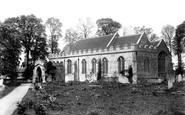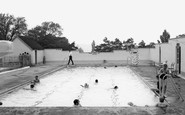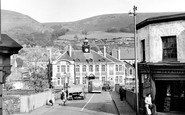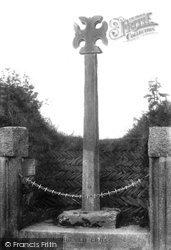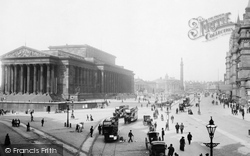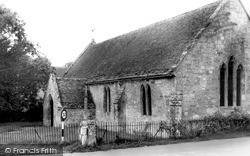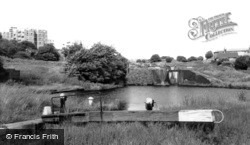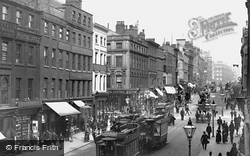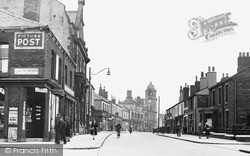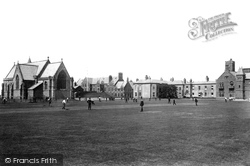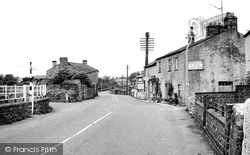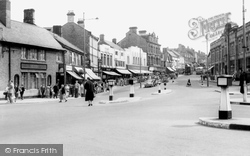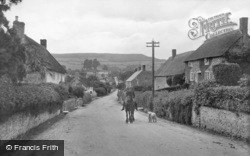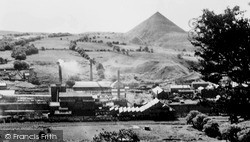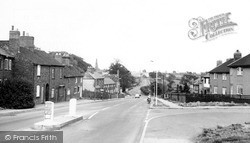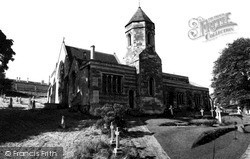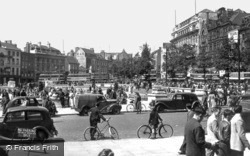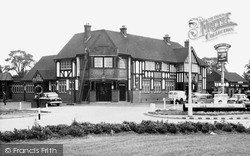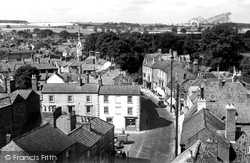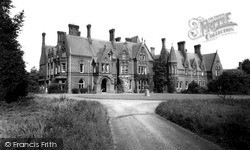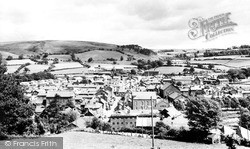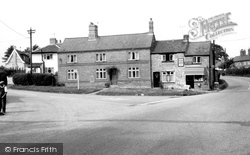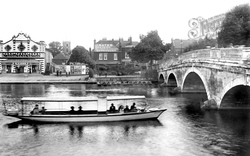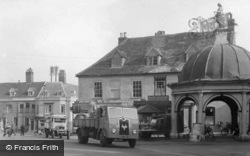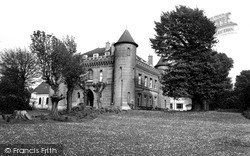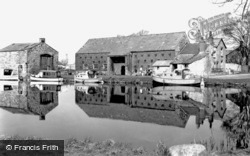Places
36 places found.
Those places high-lighted have photos. All locations may have maps, books and memories.
- Shanklin, Isle of Wight
- Ventnor, Isle of Wight
- Ryde, Isle of Wight
- Cowes, Isle of Wight
- Sandown, Isle of Wight
- Port of Ness, Western Isles
- London, Greater London
- Cambridge, Cambridgeshire
- Dublin, Republic of Ireland
- Killarney, Republic of Ireland
- Douglas, Isle of Man
- Plymouth, Devon
- Newport, Isle of Wight
- Southwold, Suffolk
- Bristol, Avon
- Lowestoft, Suffolk
- Cromer, Norfolk
- Edinburgh, Lothian
- Maldon, Essex
- Clacton-On-Sea, Essex
- Felixstowe, Suffolk
- Norwich, Norfolk
- Hitchin, Hertfordshire
- Stevenage, Hertfordshire
- Colchester, Essex
- Nottingham, Nottinghamshire
- Bedford, Bedfordshire
- Bury St Edmunds, Suffolk
- Aldeburgh, Suffolk
- St Albans, Hertfordshire
- Hunstanton, Norfolk
- Chelmsford, Essex
- Bishop's Stortford, Hertfordshire
- Peterborough, Cambridgeshire
- Brentwood, Essex
- Glengarriff, Republic of Ireland
Photos
11,145 photos found. Showing results 3,541 to 3,560.
Maps
181,031 maps found.
Books
442 books found. Showing results 4,249 to 4,272.
Memories
29,069 memories found. Showing results 1,771 to 1,780.
Huntly
I went to the Gordon Schools until I moved to England in 1972, they were the best days of my life. My uncle George Robertson owned the painting and decorating shop in Castle Street. I remember the picnics down by the Deveron in the summer. There ...Read more
A memory of Keith by
Living In The Village
We moved to Compton Bassett in 1957 when I was 11 and lived there until my father died in 1986. My parents were George Edward (Ted) Jones and Lucy. First we lived in Dugdales Farm house with Mr and Mrs Monck, and then ...Read more
A memory of Compton Bassett in 1957 by
Fynn From The Black Dog
I'm also related to Mr William Fynn ( of sorts!) who ran the Black Dog. He passed away in 1912 after an unsuccessful operation. His wife Rosanna born in Lancashire was of Scottish heritage. Grace was her niece ...Read more
A memory of Horndon on the Hill by
Broken Arm
My little brother broke his arm while playing by the church, as a big gust of wind picked him up and blew him into the wall, believe it or not.
A memory of Alverstoke in 1975 by
Etchingham Banks
I lived on Wedds Farm from around 1948 to 1963. My father, George Couzens, a wartime Battle of Britain fighter pilot, was manager of the farm which was owned by Mr A. Howeson. They had met in the RAF during the war. I believe ...Read more
A memory of Ticehurst in 1957 by
Doseley
When my dad Derick John Jones was born in 1944 he lived in a row of houses called Dill Doll Row or Dill Da Row as some people called them, they were situated at Sandy Bank, Doseley, just behind the Cheshire Cheese pub at Doseley. My dad lived ...Read more
A memory of Doseley in 1944 by
2008 Holiday
I visited the church in 2008 with my mom, and husband, as this is the church where her dad Albert George Blythe married her mom, Matilda Elkin. It was a beautiful church, so peaceful and quiet. We walked around and saw some family ...Read more
A memory of Acton in 2008 by
Woolen Mill
My grandparents George and Sarah Ruddick lived in Heads Nook. He worked as a guard on the railways, she worked in a small room repairing woollen blankets in the Mill. They lived in Glenn Terrace, Heads Nook. I have many happy memories ...Read more
A memory of Heads Nook in 1940 by
The Station On The Willows
My grandfather and grandmother Dixon lived in the station house. My grandmother had a marquee on the Willows, from memories of conversations with my mother who lived there also for 4 or 5 years, on Sundays she would serve ...Read more
A memory of Ryton by
A Magical Time
My name is Peter Weeks and I lived on Llanwoanno Road. Every Sunday I would cross this bridge with my elder brother Kenneth, on our way to the Baptist Chapel. This was the time of steam trains. We could hear the trains comming a ...Read more
A memory of Mountain Ash in 1964 by
Your search returned a large number of results. Please try to refine your search further.
Captions
29,395 captions found. Showing results 4,249 to 4,272.
The top part of the cross was discovered in the 19th century at Tresmarrow Farm, and was put in the town museum.
George's Hall dominates the left side of our photograph, and the London North Western Hotel the right side.
Teffont, 10 miles west of Salisbury, is the combination of the villages of Teffont Evias and Teffont Magna; both have small churches maintained and still in use by the whole combined parish of
The reasoning behind the construction of the Dudley and Stourbridge Canals was for the transportation of coal from pits around Dudley to the glass works at Stourbridge, and for the export of coals
In this picture things have quietened down a little, and the policeman on point duty has only one waggon and several horse-trams and horse-drawn omnibuses to dodge.
On the northern edge of the Wigan coalfield, local pits once provided employment for over 2000 miners, but by the late 1940s the mines were just a memory.
Rossall Hall, Peter Hesketh's ancestral home, became Rossall School on 22 August 1844.
Here we have a closer view of the quiet main street; note the sign of the Golden Cocker Café by the street lamp.
We can see from the size of the bus queues that private car ownership was still something of a novelty. In 1954, sales of new cars in the UK totalled 394,362, with just 4660 imported cars.
Carter and cart-horse head up Main Street in a view across to the plateau of Langdon Hill (centre). Behind them is the gable- end of the Farmery and Hope Cottage.
As the name of the colliery would indicate this pit is actually in the Ely Valley and at the time of the Frith photograph would be one of the few still in full production.
The back of the Crown Inn can just be seen in the centre, where Station Road becomes Hinckley Road, curving south past the parish church, and on to Nailstone and Market Bosworth.
The present church of St Leonard was begun in 1650 but has continued to be altered, with Gothic style windows in 1843, the raising of the roof and the addition of a north aisle in the 1860s.
Frith's photographer was looking west away from the Council House, with Long Row on the right.
Opened in 1928, it replaced a previous Fortune of War (now a printer's on the Billericay road), which had itself been founded, supposedly, by a soldier returning from the Napoleonic Wars.
The tower of St Wilfrid's Church had to be the perch of the photographer for him to take this shot.
Easneye, originally called Isneye, was the home of the Buxton family after 1866, when Thomas Fowell Buxton purchased the estate - it comprised thick woodland.
In 1839, during a period of industrial depression and political unrest, it was the scene of a riot which lasted for five days until troops restored order.
Next to an 18th century house of some interest, the post office, along with the pub, was the focal point of village life.
To its left and out of view are the late 1880s gables of the Bedford Rowing Club.
A year after a fire razed most of Bungay to the ground in 1688, the Butter Cross was built to commemorate it.
Upper Beeding is in effect a suburb of Bramber. It is mostly nondescript, apart from its parish church at the north end, overlooking the river.
Opened in 1928, it replaced a previous Fortune of War (now a printer's on the Billericay road), which had itself been founded, supposedly, by a soldier returning from the Napoleonic Wars.
Lancaster's beautiful canal, with its magnificent sea views of Morecambe Bay, was originally the vision of the factory owners of the locality, who were eager to connect their mills with the national canal
Places (6814)
Photos (11145)
Memories (29069)
Books (442)
Maps (181031)




